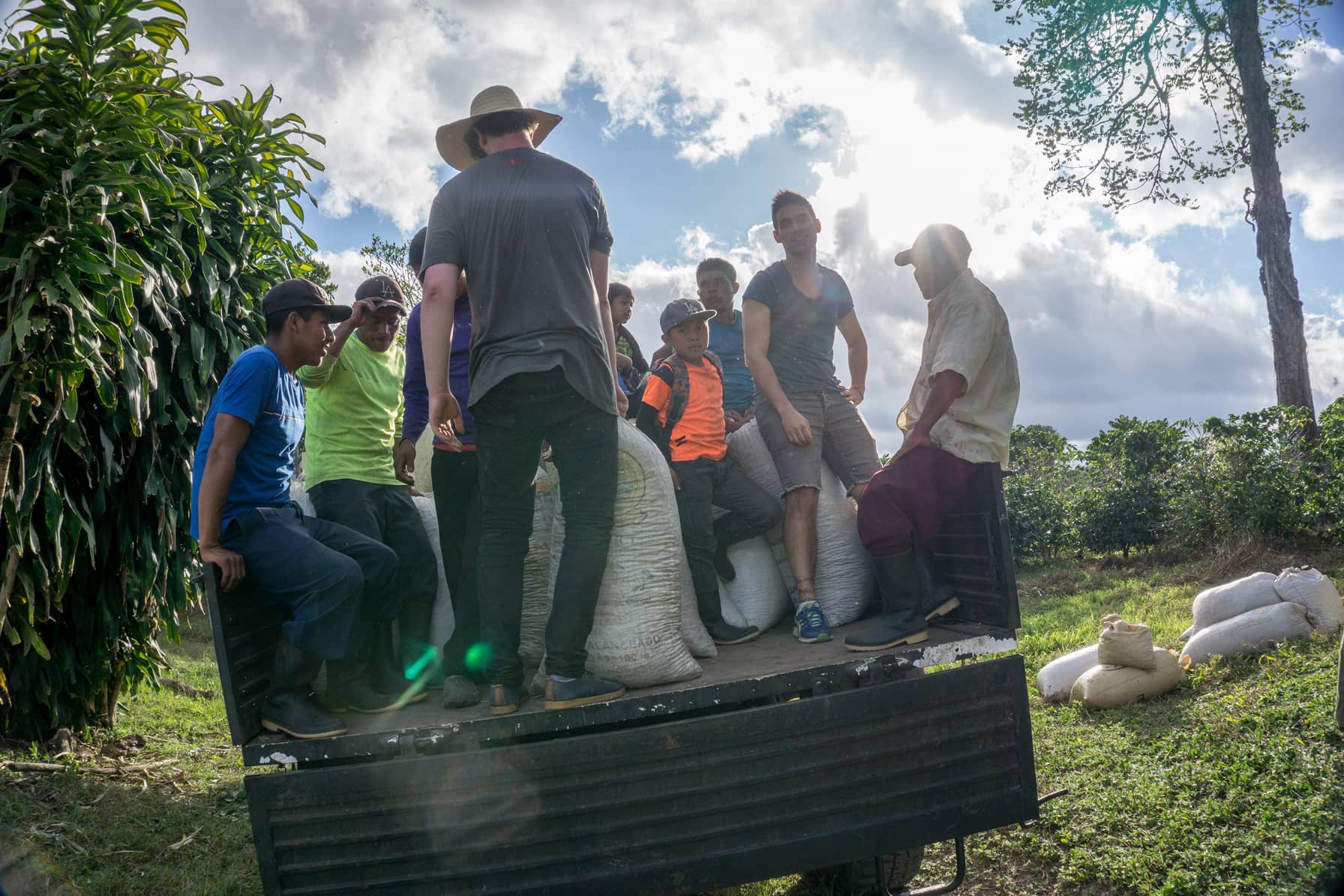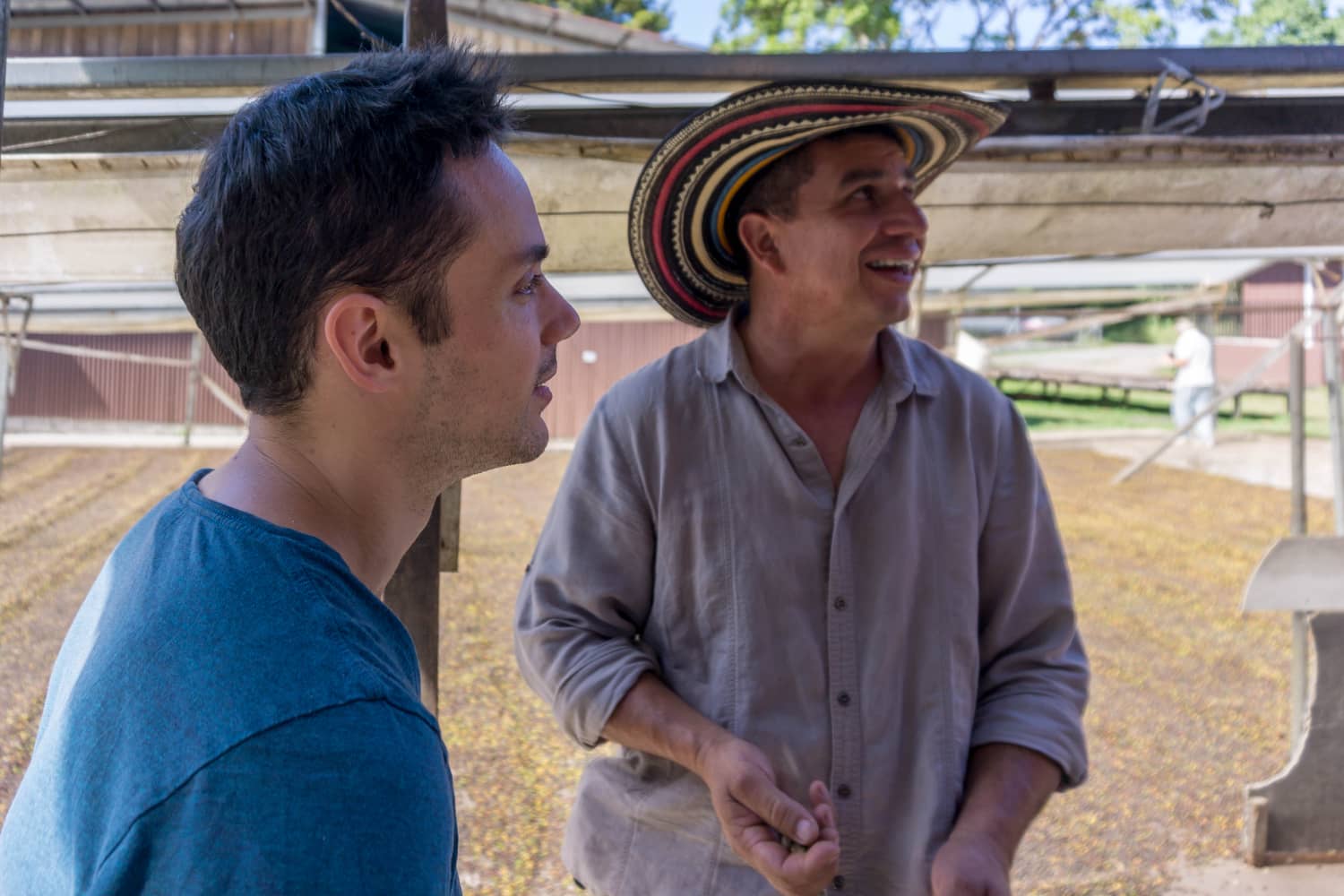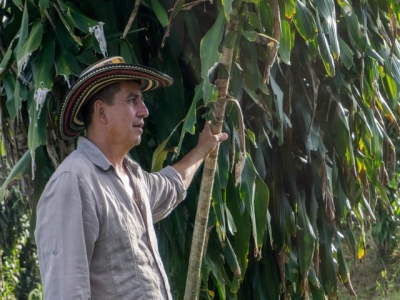by John Vaz Matias
Project Manager at Panama Varietals
Perhaps the most prominent factor of Specialty Coffee industry is the very reason for so many of us to get interested in it in the first place. The factor I’m referring to is transparency of the process. The process made of countless little details that tend to have a dramatic impact on the final coffee experience. With this transparency, we start putting faces to coffees. They are not a substantive or a demonym anymore.
A coffee from Panama, to put it as an example, has a story to tell. We know now lots of details about it: who is in charge of the farm, where the plantation is located, when harvesting time is happening, which coffee has been planted and how it was processed. In fact, the process is one of the major determining factors regarding the quality of the cup. And this is why we started to take more interest in the way the coffee is planted and nurtured. The coffee we buy is not simply a farm nor a variety anymore, the process will sway the potential of the variety.

finca Hartmann
Here’s one of the main reasons why we started talking and studying coffee processing. Traditionally, a natural process has been widely used, as the country where coffee comes from, Ethiopia, doesn’t have water in abundance. However, with time, a washed process was getting more and more popular, especially if bearing in mind that buyers thrived for quality and washed coffees main characteristic is a clean cup. Despite people using crazy amounts of water to get “clean” coffees, pollution of water negatively affected those communities. Hence, others looked for a half-measure. They tried to come up with an hybrid method in need of less water, where the final product could still be appealing to buyers. That’s how we know the honey process and pulped natural. Generally speaking, those three are the main coffee processings all around the world. We could, of course, find some regional variations, like wet hulled in Indonesia or double washed in Kenya, but when talking about coffee processing, the first thoughts go to that classic triad.
MEETING ALLAN HARTMANN...
J.V.M. :Good morning Allan, could you tell us when you started in the coffee industry and what pushed you to do so?
A.H: Hi John, good morning. When did I start? Well, I can assure, we, Hartmann, start since we are born. We have been raised in the farm. We may go out when we are young but all of us came back and establish our lives in our farm. That is the way we raised our children, surrounded by coffee. Our love for coffee is our motivation. I believe we have coffee instead of blood in our veins!

John & Allan at finca Hartmann
J.V.M. : What took you then to experiment with coffee processing?
A.H. :Since few years ago every time someone competed with our coffee, such coffee came in a microlot. That gave us a disadvantage compared to other farmers who offer microlots. Because of that we decided to talk more to baristas and understand them. At some point we decided that we were ready to take a shot and go for the competitions and experiments.
J.V.M. :Which are the experiments you have been doing so far?
A.H. :We have done many anaerobic fermentation experiments –wet fermentations with absent of oxygen-. The main variable we played with was time, in order to craft different cup profiles. We have done 24h, 5 days, 6 days, 8 days and we even reached the 20 days this year.
Regarding the specific conditions of our anaerobic processing, in Panama we say: We can talk about the saint but not the miracle…
J.V.M. :How do this anaerobic fermentation affect the final cup?
A.H.:I don’t believe anaerobic fermentation hides flavours which come from the variety itself. In my opinion, we actually highlight flavours and characteristics of each variety.

J.V.M. :Which would you say has been the most successful of all your experiments?
A.H. :They all worked quite well and people like them a lot. However if I must talk about one of them that would be the 20 days fermentation. Its extreme conditions brought us a very special coffee.
J.V.M. :Do you think process experimentation could be the future of our industry?
A.H. :I do not believe that is the future but an ally we have in order to highlight the tradition of our farms’ coffees.
J.V.M. :Are you planning something else or do you have anything in mind?
A.H. :To be honest with you, I let things go with the flow. Depending on the weather and our harvest I will decide what to do. I know what we will do when the time is right.
J.V.M. :Experimentation affects in a positive way to your farm? Or, on the other hand, do you think that is too much effort invested and time consuming for just microlots?
A.H. :Yes, it has been a very good marketing tool for us. Nevertheless we need to be conscious and meticulous about it as the experiments require time and commitment. We can’t forget that it is a very personal and artisan work what we do and our resources are spent in these projects.





